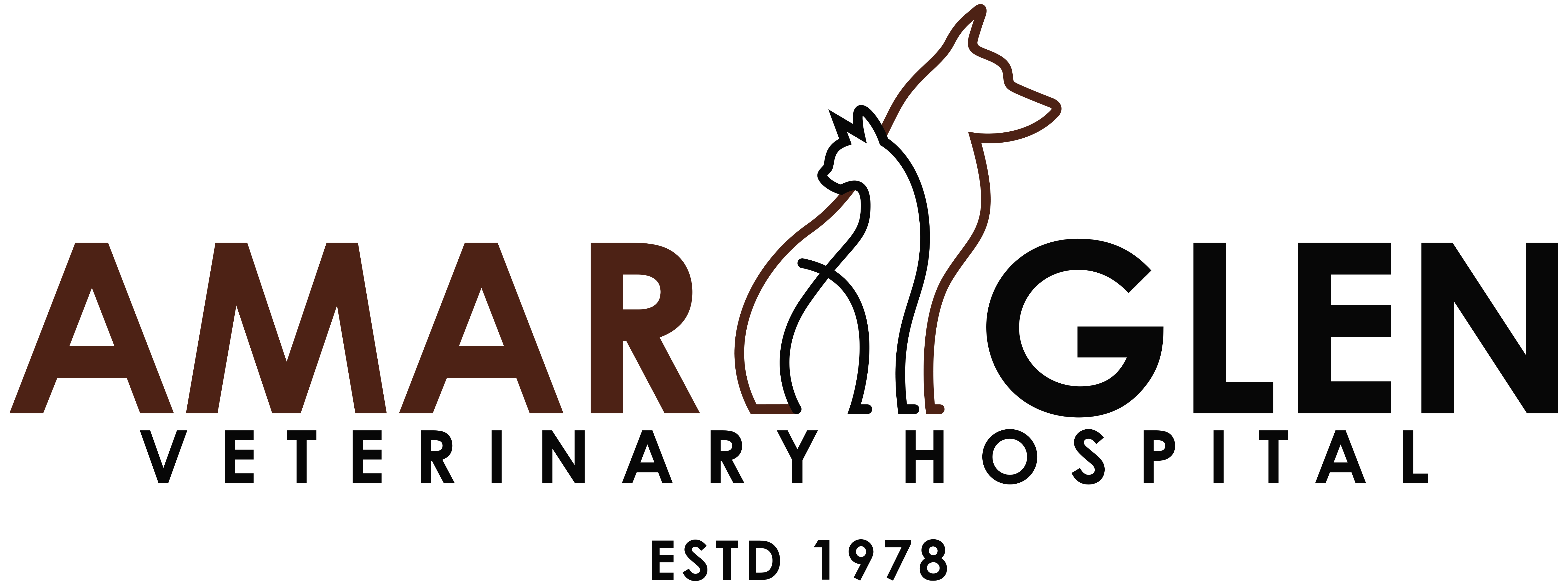Library
-
Prednisolone ophthalmic is a topical steroid medication used to treat inflammatory eye conditions in cats, dogs, and other animals. Prednisolone ophthalmic is available as a sole agent or in combination with antimicrobials. It may be used “off label” or “extra label” to treat other eye conditions. Prednisolone ophthalmic comes in ointment and liquid drop form. Avoid use in animals with viral or fungal infections, corneal ulceration, and birds.
-
Prednisone/prednisolone is given by mouth or injection and is used on and off label to treat Addison’s disease, inflammatory conditions, neoplasia (cancer), and immune-mediated diseases. Give this medication as directed by your veterinarian.
-
Pregabalin (brand name Lyrica®), is an anticonvulsant and neuropathic pain medication. It is used to treat refractory or complex partial seizures and chronic neuropathic pain in small animals. It has been used to treat other types of pain in cats and dogs. It is used "off label" or "extra label" in animals. Pregabalin comes in capsule or liquid suspension form.
-
Breeding cats can be an extremely rewarding experience. However, before undertaking a breeding program, it is essential to understand what this involves, from the time of mating to the time of weaning. Pregnancy or gestation ranges from 60-67 days, averaging 63-65 days.
-
Although uncommon, cats and dogs are at risk for several diseases during the two months of their pregnancy. Pre-eclampsia occurs if the mothers cannot keep up with the demand for calcium to produce bones and milk. Gestational diabetes can occur due to high concentrations of hormones and result in increased drinking, urination, inappropriate weight loss and lethargy. Mastitis is a bacterial infection of one or more mammary glands that is contracted either through the blood (sepsis) or from the external environment from unsanitary conditions and/or injury from babies’ teeth or nails. Retained placentas can occur and will result in lethargy, pyrexia and abnormal vulvar discharge. Be aware of the signs, symptoms and management for all four conditions.
-
Pregnancy in dogs can be diagnosed several different ways including blood tests, radiographs and ultrasound. The benefits and limitations of each test are discussed. Ultrasound is the gold standard for pregnancy detection and assessing viability.
-
Using Reinforcement and Rewards to Train Your Pet
La mejor forma de adiestrar un animal consiste en utilizar correctamente el refuerzo positivo, los premios y los castigos. Es necesario saber cuál de ellos utilizar, cuándo, cómo y qué sucede si se usan indebidamente. La finalidad del adiestramiento es enseñar la tarea o el comportamiento deseados.
-
Next to you, the most important person in a dog's life is your veterinarian. Keeping your dog healthy requires exercise, excellent nutrition, and consistent medical care. Your veterinarian can help you with all three components of your pet’s healthy lifestyle. Since you and your dog will make many trips to the veterinary hospital over the years, start preparing your dog for these visits as a puppy.
-
A telemedicine visit is typically conducted over telephone, text messaging, chat, email, or videoconference. This may allow a veterinarian to diagnose and treat your pet’s medical condition remotely, without the need for an in-person visit. Your appointment will be conducted by a licensed veterinarian.
-
Preparing your cat to travel to the vet is one of the most important investments you can make during the lifespan of your cat. Cats should visit the veterinary hospital at least once yearly. The smoother the experience goes, the least amount of stress both you and your cat will experience.

